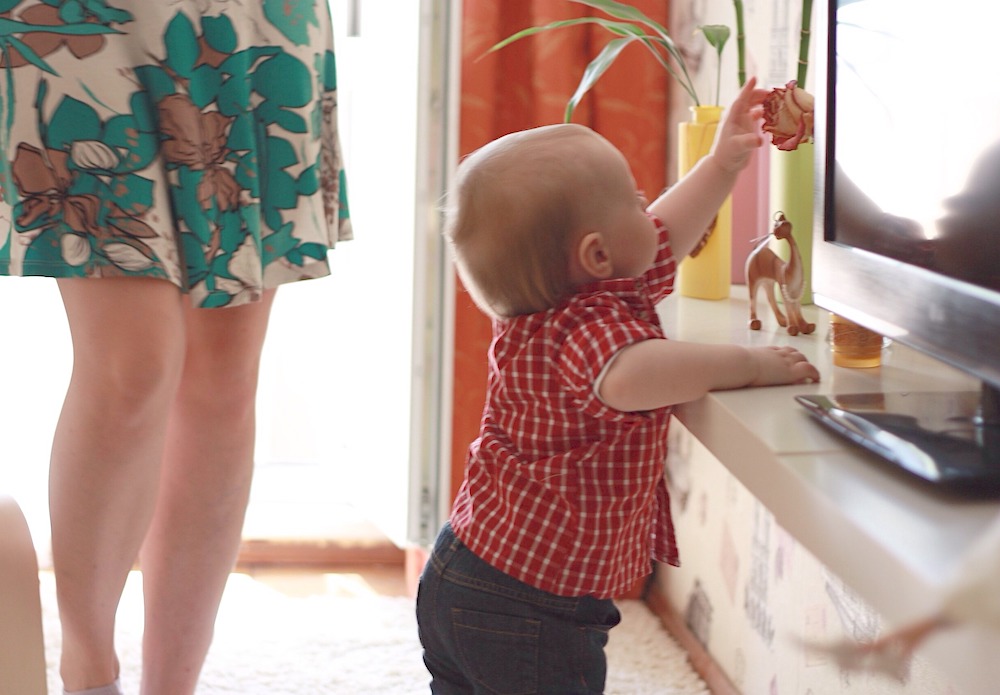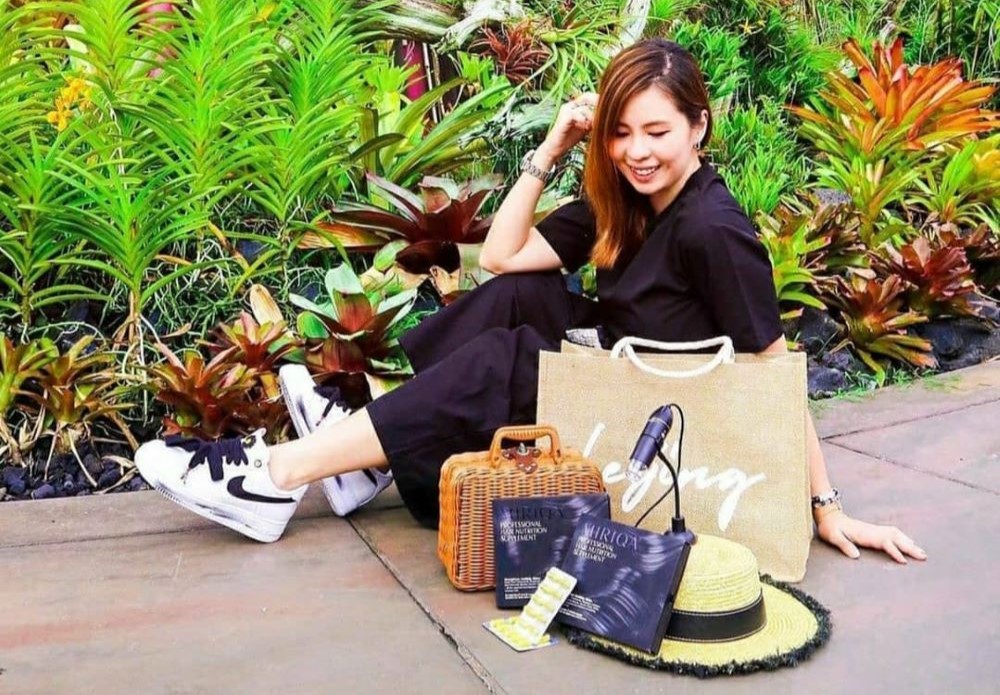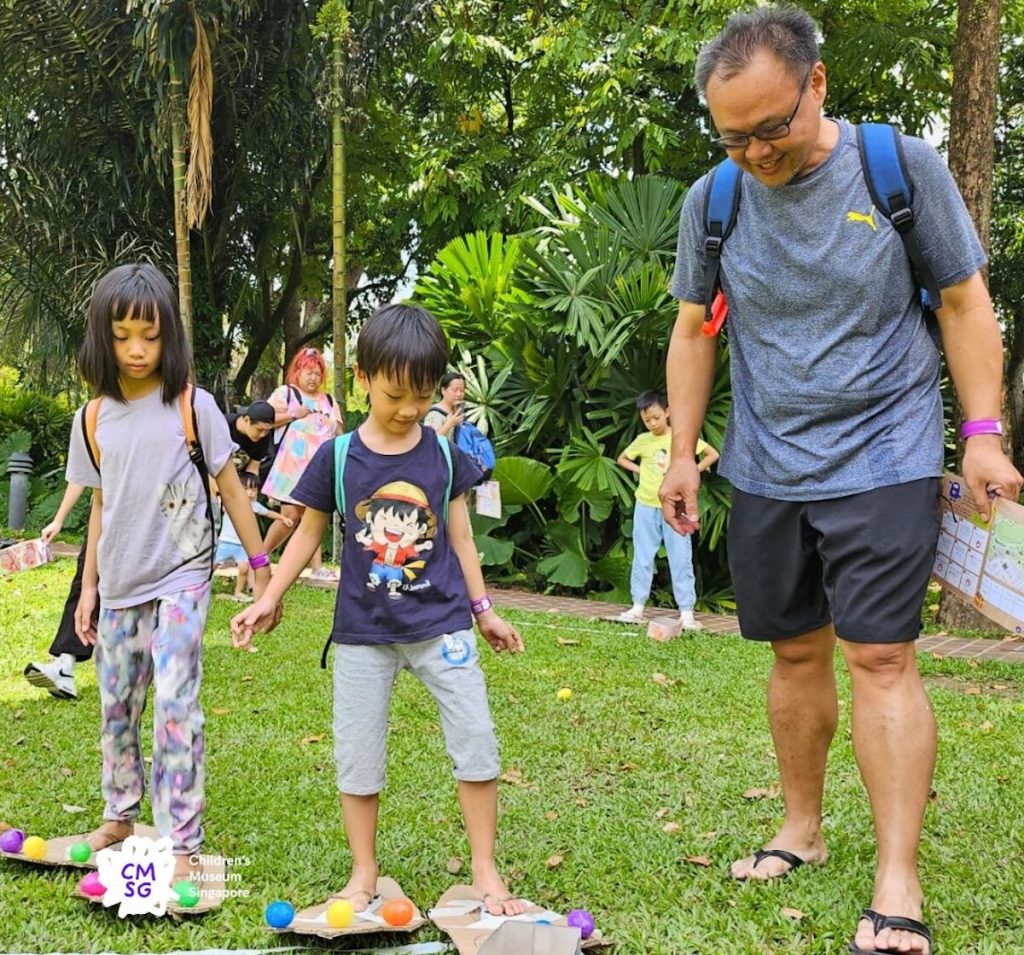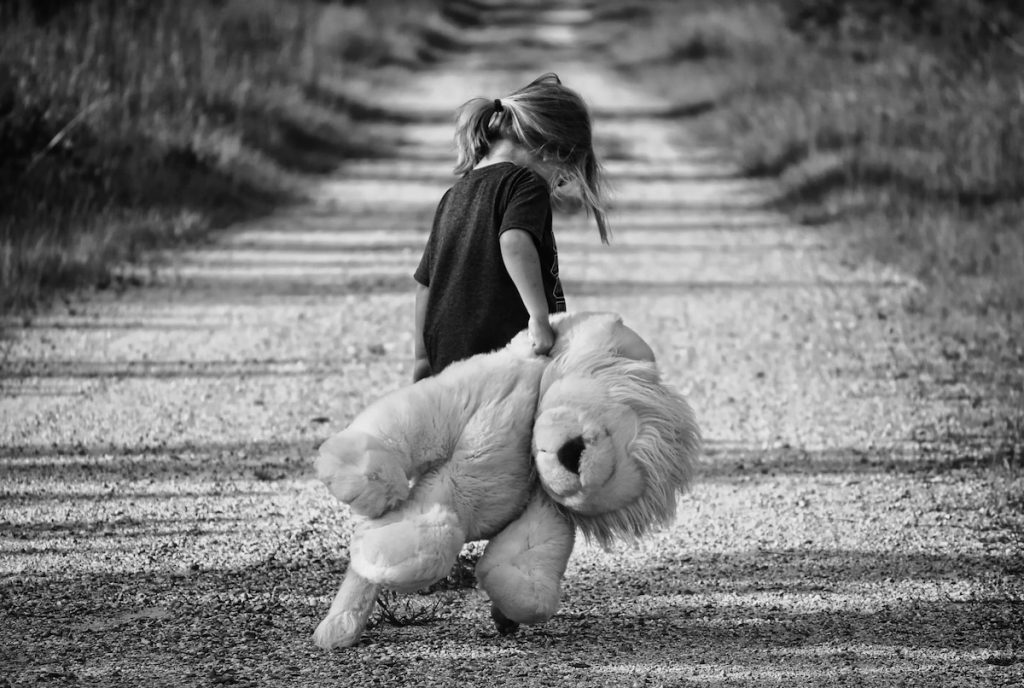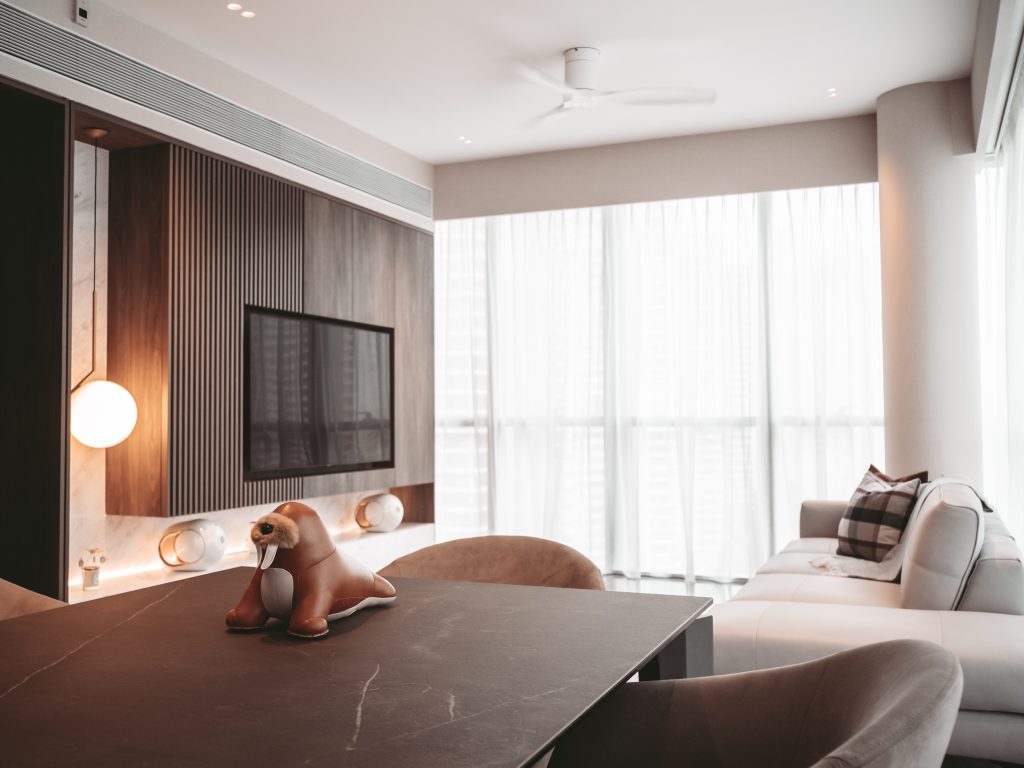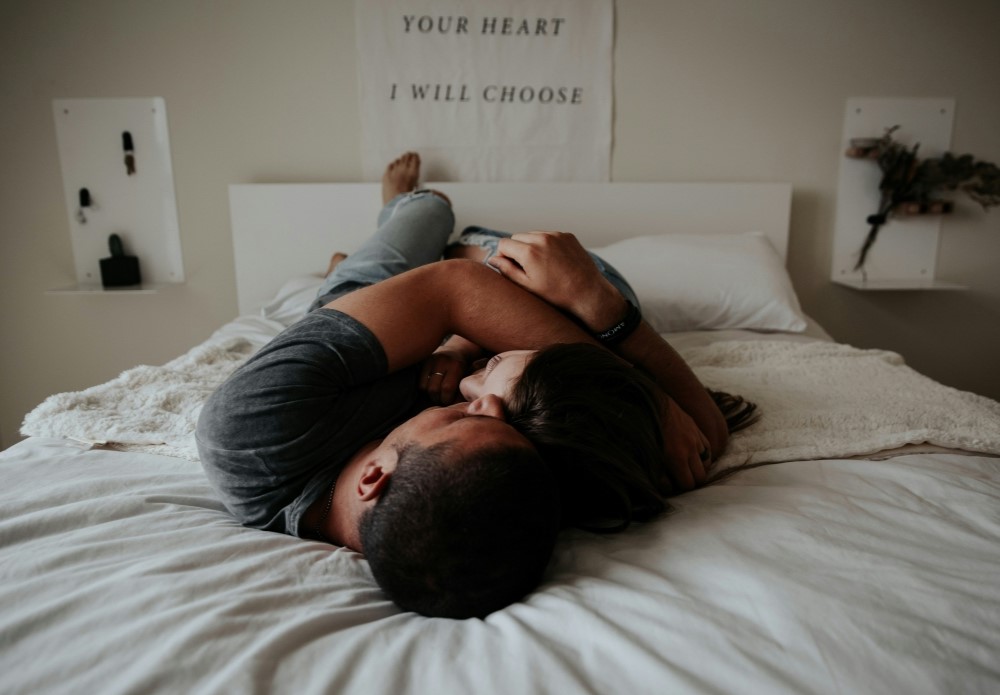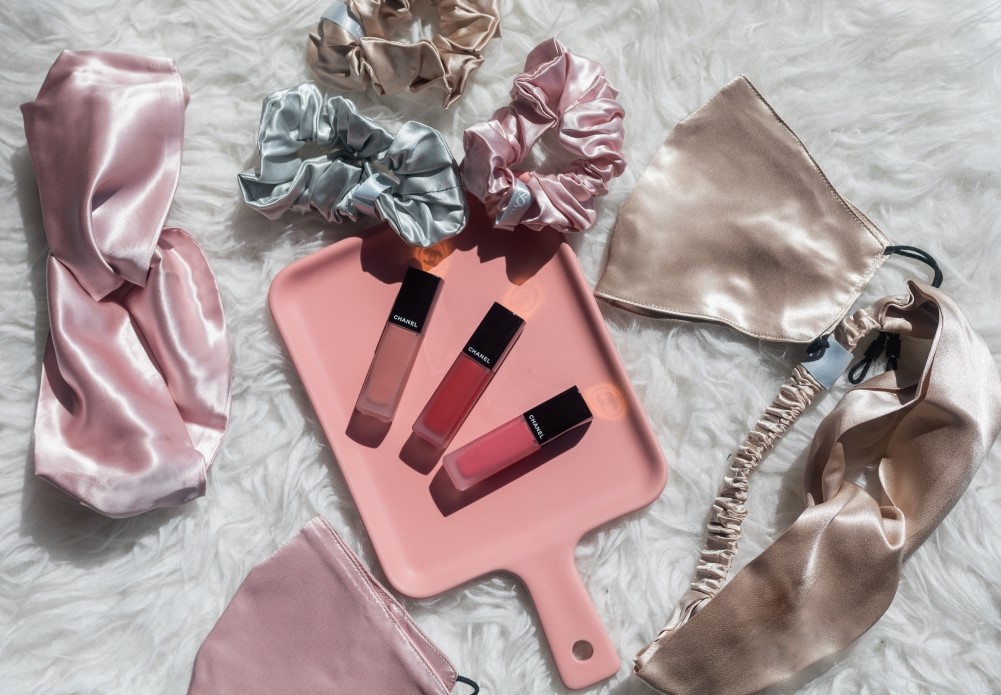Babyproof your home and keep dangerous and toxic items well away from your curious infants.
While your home is a safe haven, you may be surprised to know that dangers abound for your growing child. As your baby reaches new milestones in movement, you’ll want to assess the dangers around your home and babyproof it as much as possible. On the other hand, start teaching and guiding your little one how to avoid danger, injuries and how to protect him/herself.
Keep Baby's Crib Safe
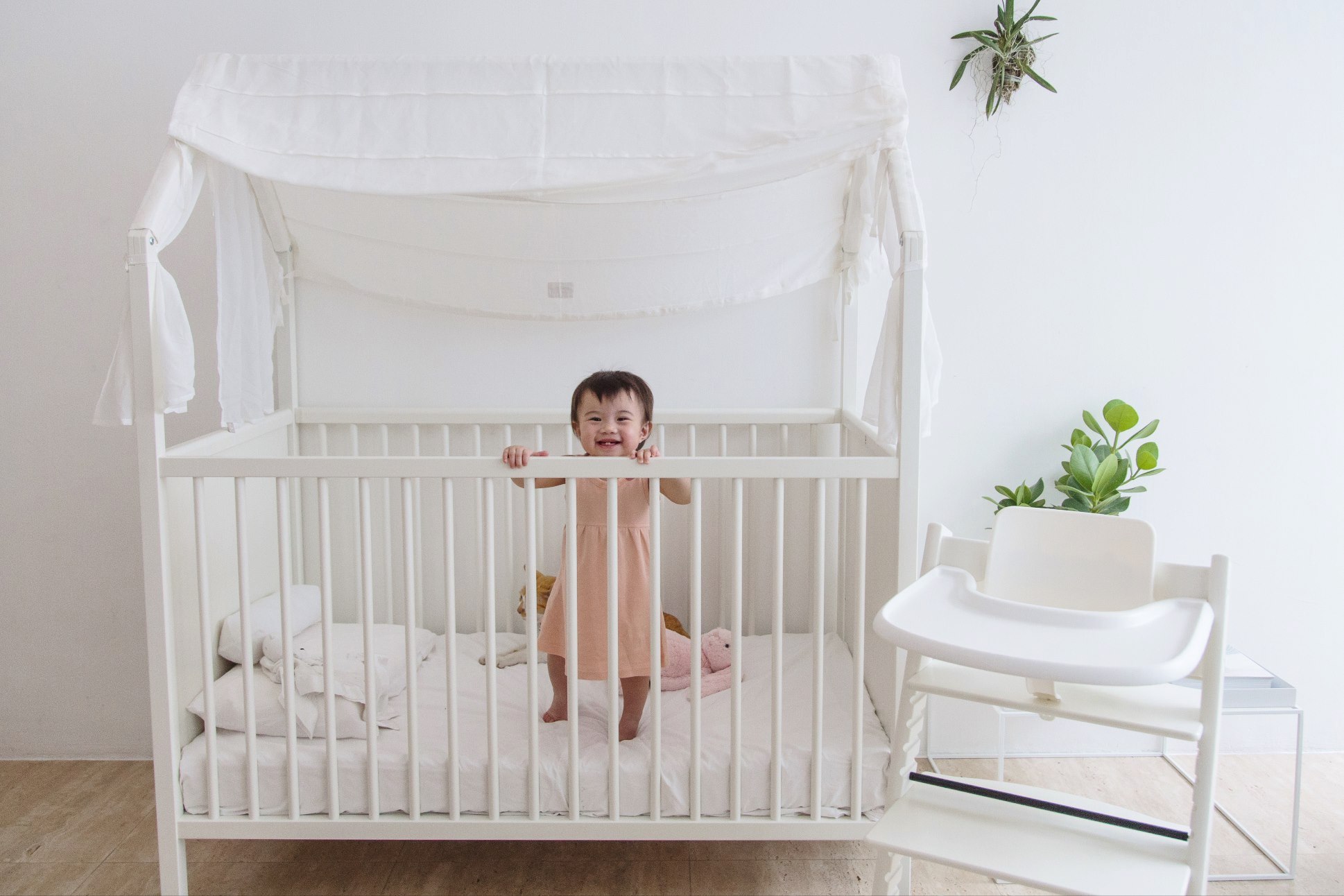
As your baby grows, you’ll need to adjust the height setting of their cribs and mattresses. Once they can pull themselves up, switch the height to the lowest setting otherwise they can easily crawl out of the crib. Of course, babies don’t need any accessories like blankets, pillows, and crib bumpers, as these pose a hazard to your little one.
Secure Large Furniture
Once your baby starts to move, and play on the floor more frequently, you’ll need to look at the world from his/her point of view. Anchor all furniture like bookshelves to the walls where possible. For televisions, you may want to consider mounting it to the wall if you haven’t already. Otherwise, you can use safety straps to secure it to the wall.
Toxins
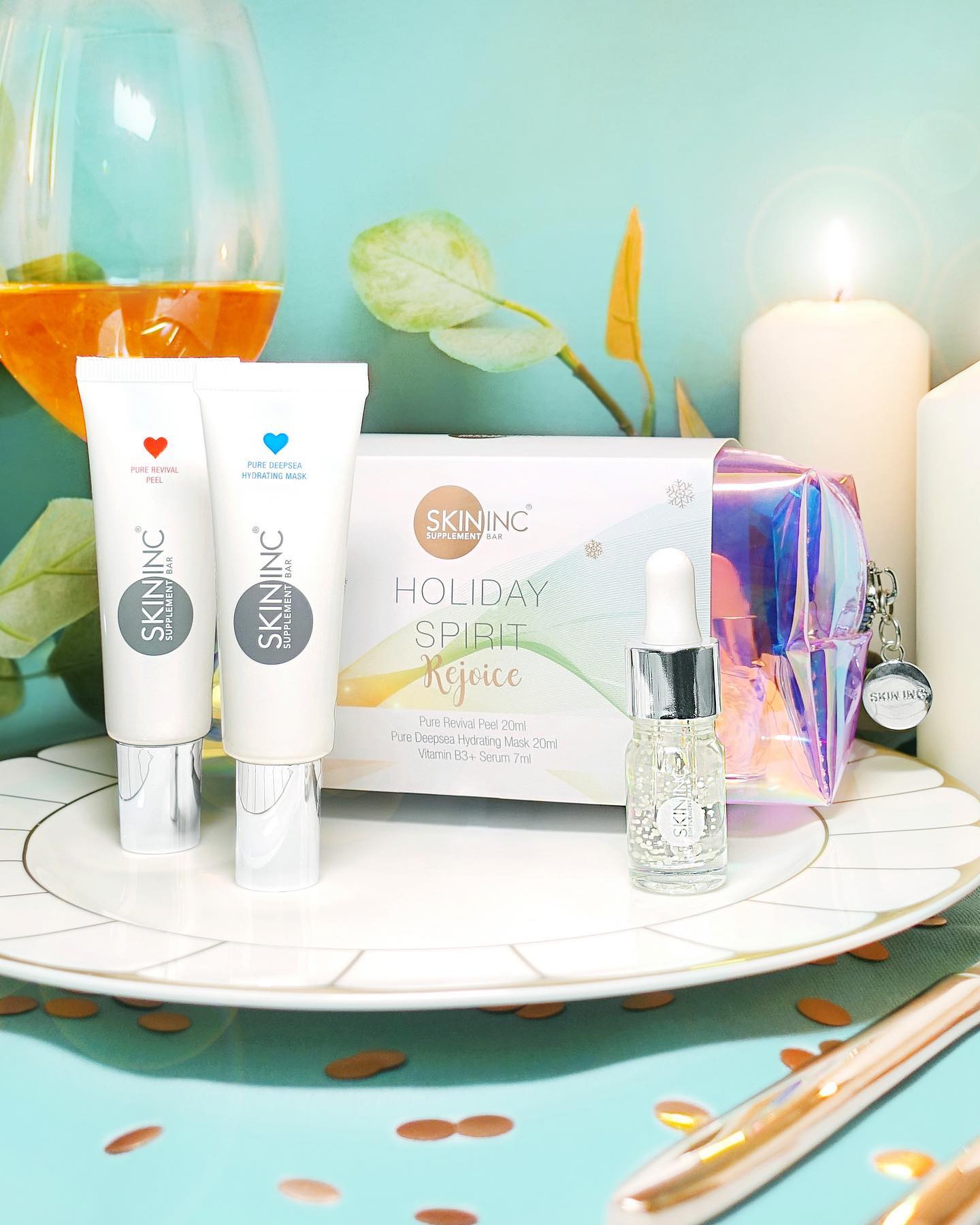
Medicines should be placed in childproof bottles or in their original, clearly labelled containers, out of reach from your child. Always ensure you give your little one the correct dosage and dispose of unused or expired medicine. Also, avoid duplicating medicine.
All household cleaners, detergents and poisonous substances should be in a locked cabinet, or labelled clearly with a skull and crossbones. Teach your child to identify these labels, and that these containers have poison rather than food. He/she should not touch or attempt to consume cleaning products when you’re using them. Instead of pest baits, use sprays to get rid of any pests.
Even your cosmetics, hair dye, shoe and nail polish, perfume and toiletries are potentially poisonous and should be stored securely away from small hands. Your child can easily swallow or choke on button-cell batteries with alkaline content, so do keep these out of reach as well.
Some plants can also be poisonous to your little ones, especially if ingested. Examples of these include philodendron, pothos ivy, arrowhead, lilies, dieffenbachia, caladium and snake plant. If ingested, your infant may experience swelling around the mouth, a numb mouth and throat or burning sensation. Other symptoms include headaches, vomitting, skin irritation, and an upset stomach. Aside from teaching your children not to touch or ingest parts of these plants, you may want to put these out of their reach.
If Your Infant Has Ingested Poison
Call an ambulance immediately or head to the nearest accident and emergency (A&E) department. Symptoms include vomitting, dizziness, palpitations, problems breathing, burns or redness around the mouth, and a smell of chemicals on his/her breath. Try to get him/her to spit out whatever is left in his/her mouth and wake him/her up if unconscious. Wipe the substance from his/her mouth and avoid any contamination. Next, place them on his/her side with a cushion behind the back and the upper leg bent slightly forward. Also, perform CPR if his/her heart has stopped.
Electrical Outlets, Sharp Corners and Objects
Cover all electrical outlets with a cover or some of these options. Just be aware that the individual outlet covers, if pried open, can be a choking hazard as well. Another way is to block these outlets by positioning your furniture in front of them.
Babyproof any sharp corners of your furniture with either plastic or foam protectors. When it comes to dining tables, ditch the tablecloths in favour of placemats that don’t slide around easily. This prevents your child from tugging on a corner and sending the contents on the table flying. Other things to keep well out of your child’s reach include scissors, pencils, knives (even those for eating) and forks, and use child-safe alternatives instead.
Safety Around the House
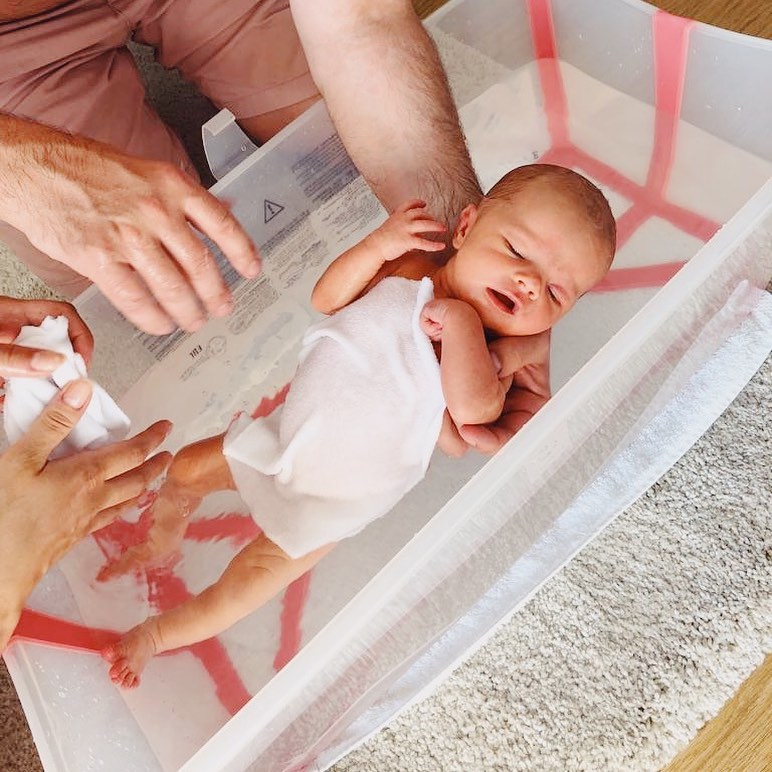
In the Kitchen
Protect your child from touching the hot oven door with oven door guards, which are also easy to remove and clean. Use cooker guards so they can’t reach the hot stove. Next, you may also want to install a smoke and carbon monoxide detector to prevent house fires and accidental carbon monoxide inhalation. Otherwise, a more plausible option is cordon off the entire kitchen and yard area with a baby gate.
Remember that your naturally curious children will also want to explore everything – opening doors, drawers, cupboards and more. Try to latch these as much as possible, so their fingers won’t get hurt. If you have a balcony, you may also want to install invisible grilles so your child can’t climb over the balustrades.
Water Safety
Never leave your child unattended in the bathtub, and give him/her your full attention when in the bathroom as they can drown in just 5cm of water. Also, be sure to empty cleaning buckets, bath tubs and cooler boxes, and latch your toilet lids. In the bathroom, use a non-slip bathroom mat to prevent falls – for you and your child.
Aside from locking your cabinets, you may also want to lock your toilet lid, so your child doesn’t fall into the toilet, drown or accidentally drink the water in the bowl. Unplug all electrical devices in a bathroom after use to avoid electrocution and keep them away from your children to prevent them from getting burnt.
Another item you’ll need to adjust is the hot water temperature. Your little ones may unknowingly turn the faucets to the highest temperature and accidentally scald themselves. Be sure to lower the temperature to about 49℃ instead, where it can still kill bacteria and germs without scalding your little ones.
Secure Your Windows
For your windows, there are a couple of options to keep your child safe. If you want the unblocked views from your windows, try safety locks. These ensure the window cannot be opened too wide and so your child cannot climb out of it. Another option is to secure your windows with grilles. If you have blinds with long cords, get safety wraps so your child can’t be entangled in them. Otherwise you may want to replace corded window coverings with safer options.
Stairs
Once your baby gets more mobile, you’ll want to install baby safety gates at the bottom and at the top of your stairs. Consider if you have room for the gate to swing into. If there isn’t, you’ll need a roller gate. View the various available options at BabyGates & Safety, SmartRetract and Home and Baby.
As you go up and down the stairs, hold the banister with one hand and your baby with the other. Ensure there aren’t any toys or obstacles on the stairs, so you won’t slip and fall with your baby in your arms. At about one year old, your baby should be fairly competent at crawling, so you can teach him/her to crawl down from a height backwards. Practice this with him/her on the first few steps.
Glass and Sliding Doors
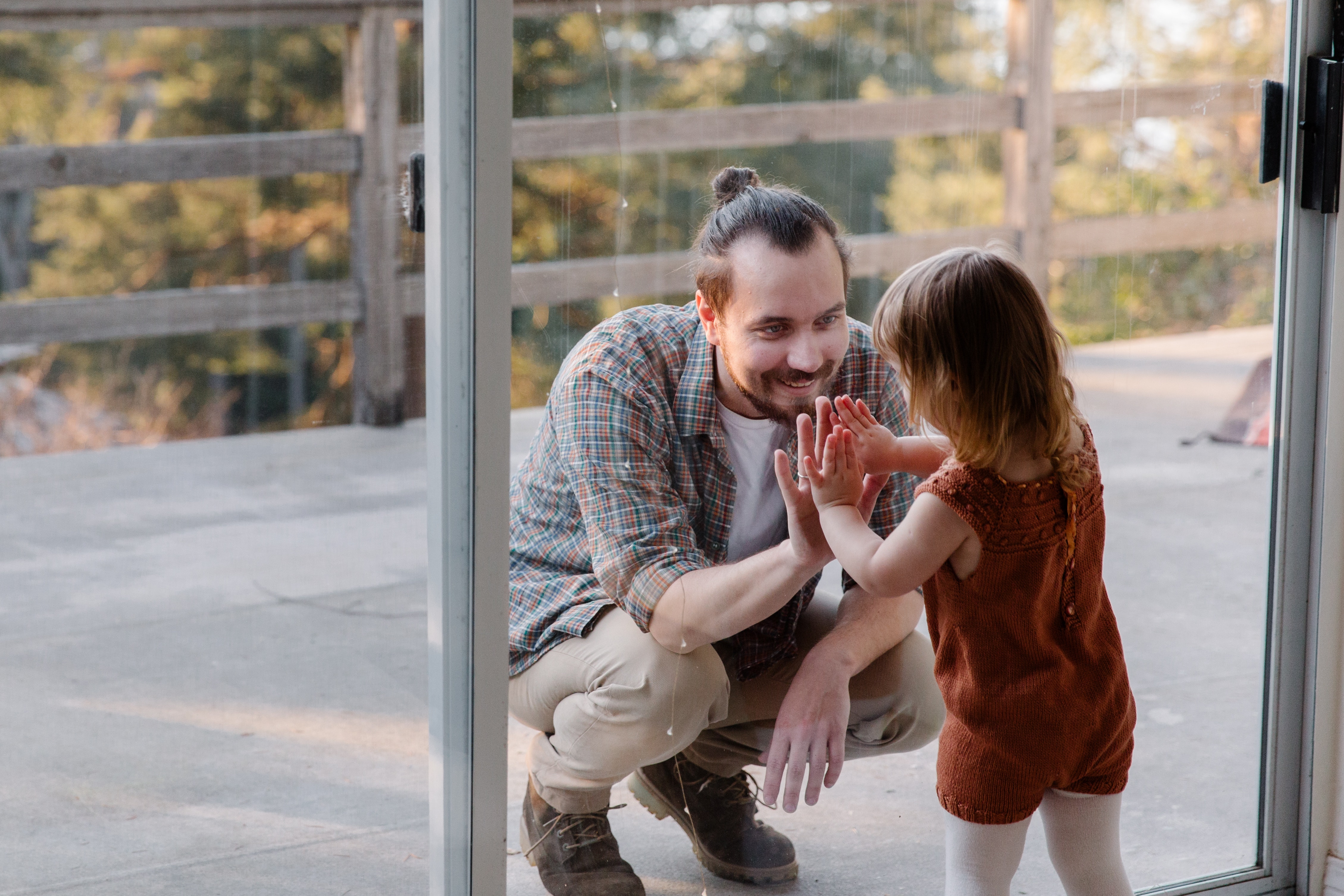
It’s best to keep these out of your infant’s reach. However, you can teach your six month old how to handle glass objects – use tempered glass which is stronger. Model how to grasp, raise the glass and tilt to drink from it. They will likely need many opportunities to watch and understand before trying this on his/her own.
If the glass does break, be calm about it and move your child away from the area, so he/she doesn’t get cut. From sweeping the glass into a pile, sweep the pieces into the dustpan and then tip them into the container.
Not just for toddlers and kids, even adults may walk into the glass doors if they’re not careful. To babyproof this, simply let your children take colourful stickers and paste them all over the glass door to easily identify if it’s open or not.
Other Safety Essentials
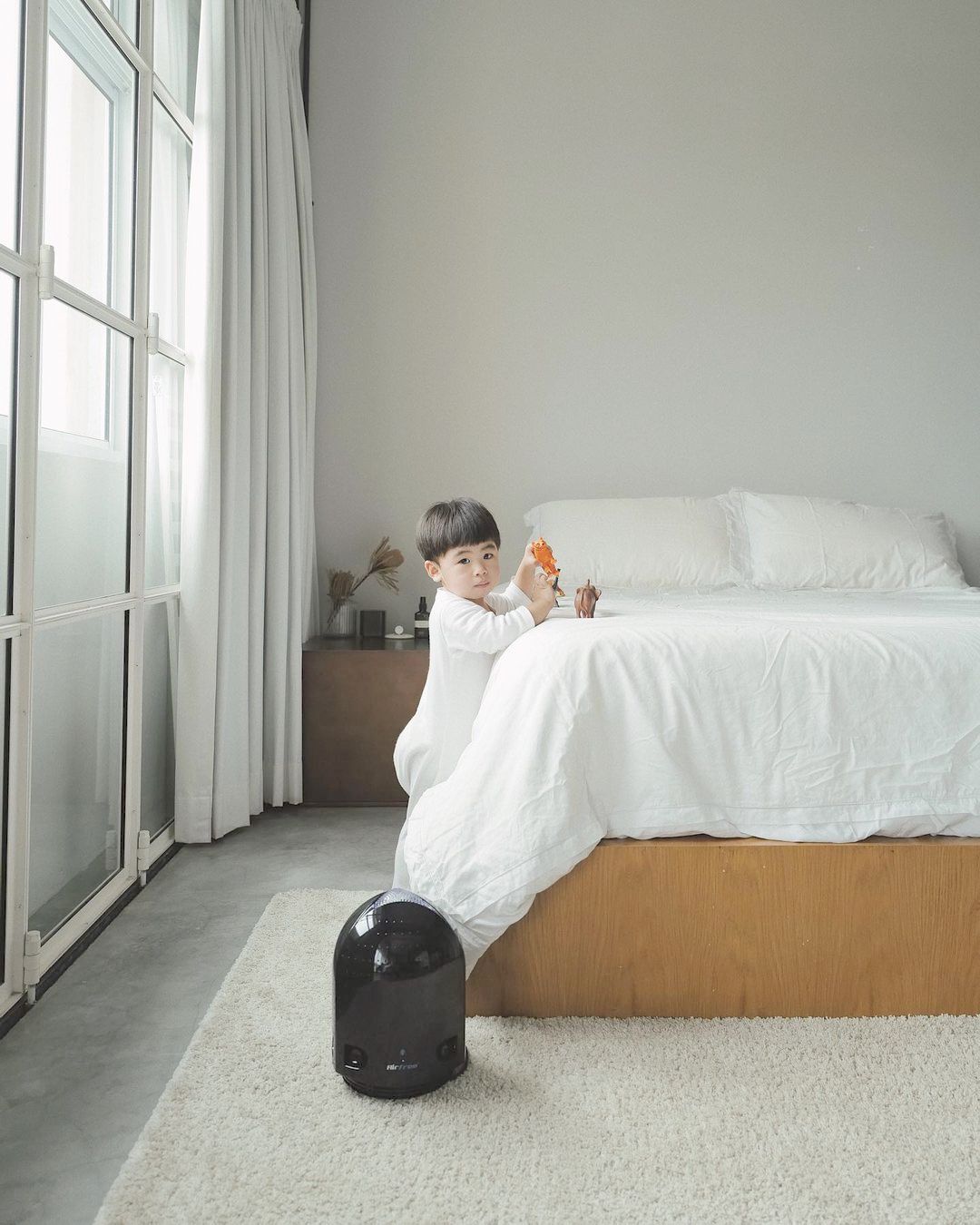
Keep your children safe at night when they wake up to head to the bathroom by installing motion-activated lights. Hence, they can see where they’re going, and they won’t bang into anything. Another alternative is this Béaba Happy 2-in-1 Movable Night Light ($79), which your little ones can bring to the toilet with them.
Other items you may consider include the Airfree Air Purifiers ($299 to $599), which purifies the air that your child breathes. Airfree’s exclusive patented Thermodynamic TSS Technology destroys microorganisms, mould, dust mites, bacteria, organic odours and allergens and also reduces indoor harmful ozone levels. In addition, your little one will love the star and moon night light projection.
Relevant Reads: Chores for Kids, Prevent SIDS
This article originally appeared on Motherswork.



